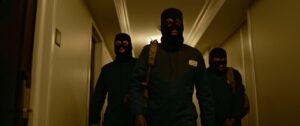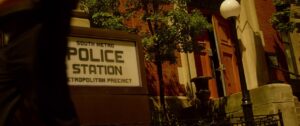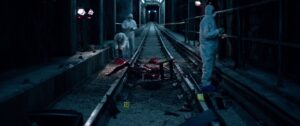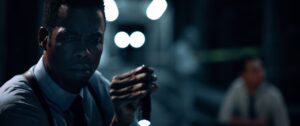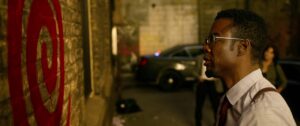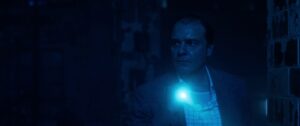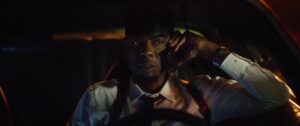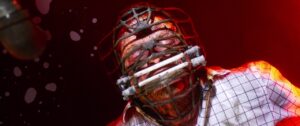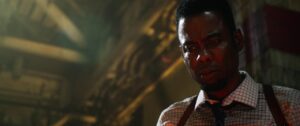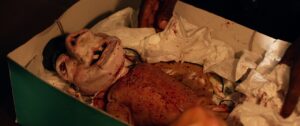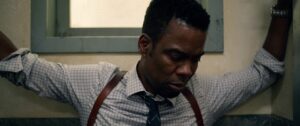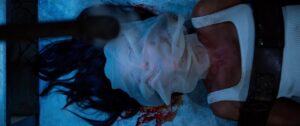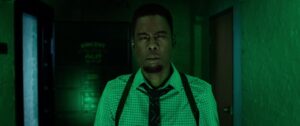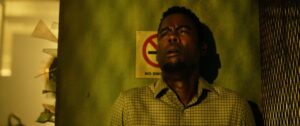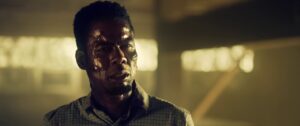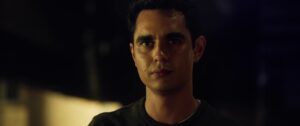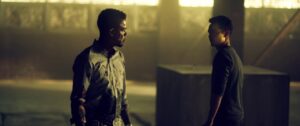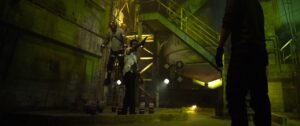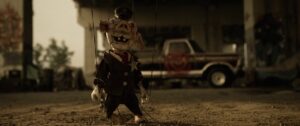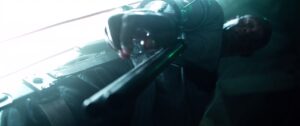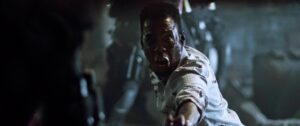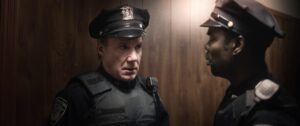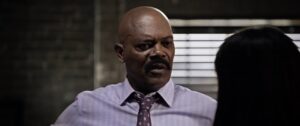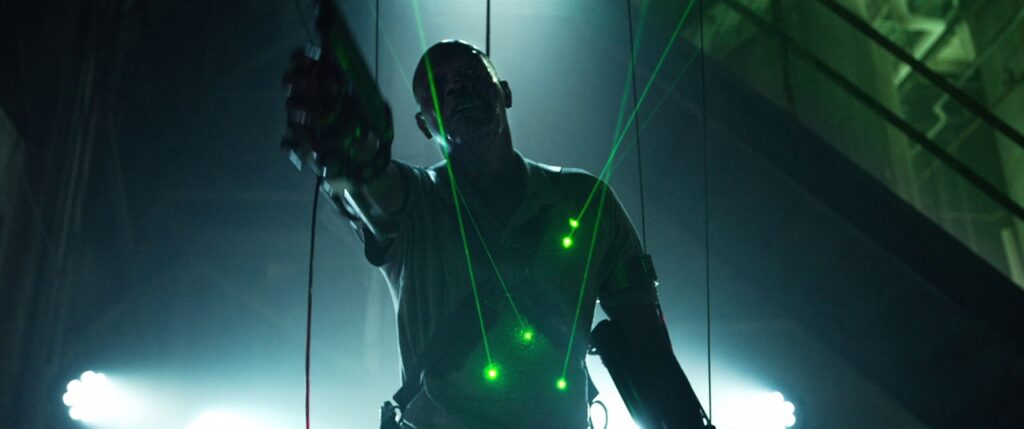
Spiral: From the Book of Saw isn’t just another gore filled entry in the Saw franchise. It’s a chilling exploration of the human psyche, delving into themes of trauma, corruption, and the blurred lines between justice and vengeance. Directed by Darren Lynn Bousman and starring Chris Rock as Detective Zeke Banks, the film uses its horror elements to dissect the psychological toll of systemic failures and personal demons.
Zeke Banks: The Isolated Idealist
Detective Zeke Banks is a man at odds with his environment. In a corruption police department, Zeke stands proud as the only good cop, ostracized for turning in a dirty cop. This act of integrity isolates him, breeding resentment among his peers and leaving him in a constant state of hypervigilance. His strained relationship with his father, former police chief Marcus Banks, adds another layer of psychological complexity, as Zeke grapples with feelings of abandonment and the pressure of living up to his father’s legacy. Zeke’s isolation is not just professional but deeply personal. His divorce and lack of trust in others underscore a man who is emotionally guarded, a defense mechanism likely developed from years of betrayal and disappointment. This emotional armor, while protective, also leaves him vulnerable to manipulation and blindsided by those he chooses to trust.
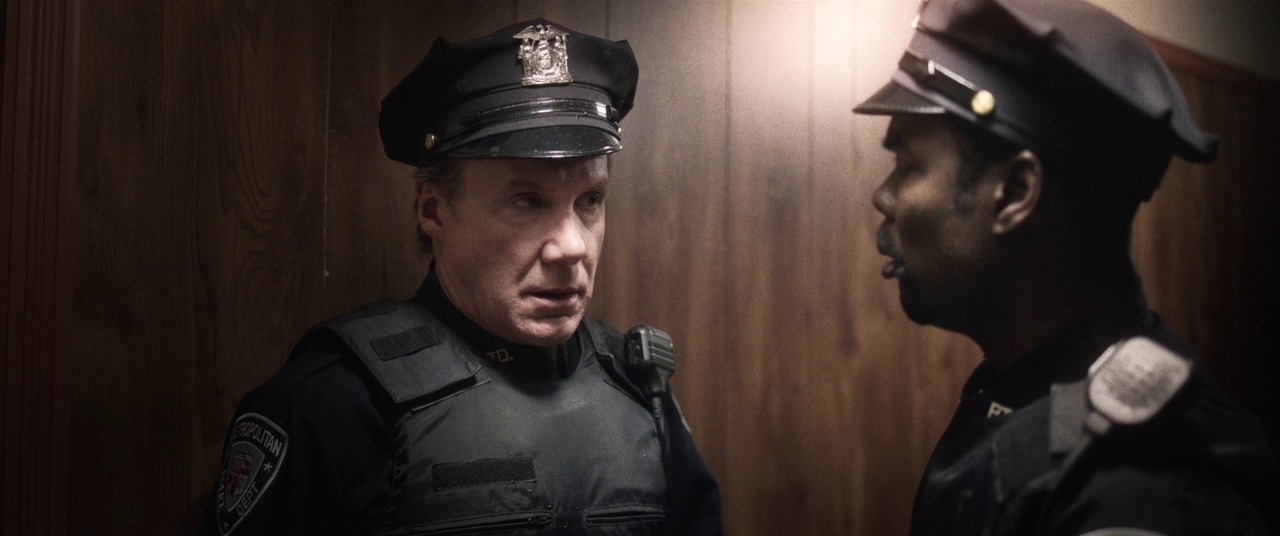
The Copycat Killer: Trauma as a Catalyst
The film introduces a new antagonist, a Jigsaw copycat targeting corrupt police officers. This killer isn’t driven by a desire for chaos but by a twisted sense of justice, aiming to reform the police force through fear and punishment. The psychological profile here is complex: a person who has likely experienced significant trauma at the hands of law enforcement and now seeks to rectify systemic issues through extreme measures. This vigilante justice raises questions about the efficacy of institutional systems and the lengths to which individuals will go when they feel those systems have failed them. It’s a manifestation of the psychological concept of moral disengagement, where individuals justify harmful behavior by framing it as serving a greater good.
The Spiral Symbol: Descent into Madness
The recurring spiral symbol serves as a metaphor for the psychological descent experienced by both the killer and Zeke. For the killer, it’s a representation of the cyclical nature of violence and corruption within the police force. For Zeke, it’s indicative of his spiraling mental state as he becomes increasingly entangled in the killer’s game, questioning his own beliefs and the integrity of those around him. This descent is emblematic of the psychological concept of cognitive dissonance, where individuals experience mental discomfort when confronted with conflicting beliefs or values. Zeke’s commitment to justice clashes with the reality of systemic corruption, leading to internal turmoil and a reevaluation of his principles.
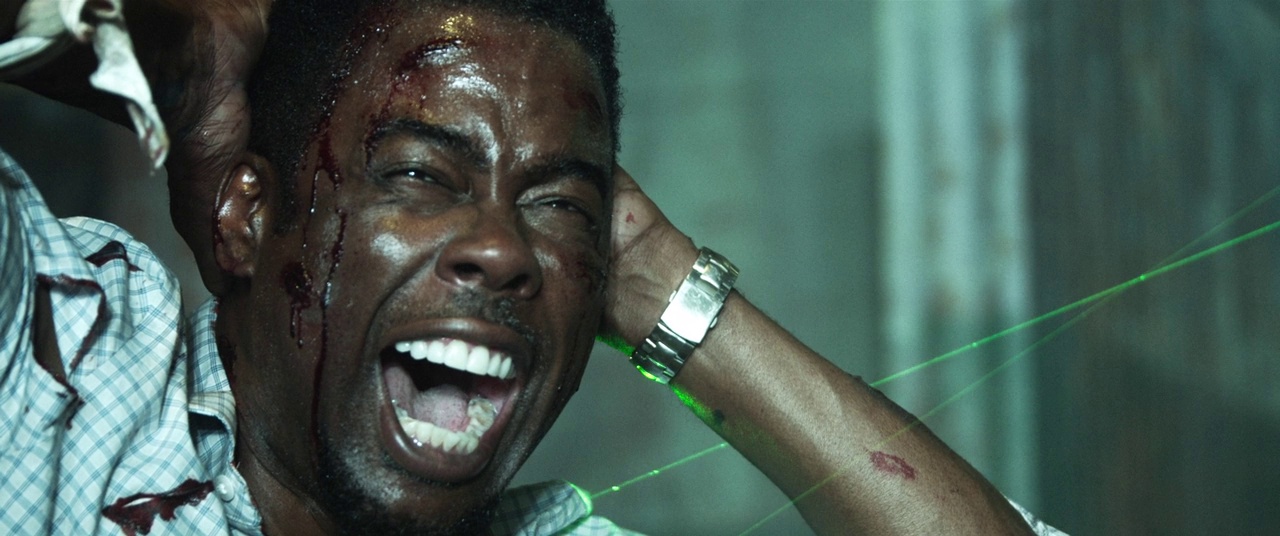
The Final Test: A Psychological Crucible
In the film’s climax, Zeke is presented with a harrowing choice: save his father, who is being drained of blood, or pursue the killer. This scenario is a classic psychological crucible, forcing Zeke to confront his deepest fears and values. His decision to save his father, despite their strained relationship, underscores the enduring influence of familial bonds and the human capacity for forgiveness. However, the tragic outcome, his father being killed by a SWAT team due to a manipulated setup, reinforces the film’s central theme: the devastating consequences of systemic failure and personal vendettas. It’s a poignant reminder of the psychological toll exacted by environments rife with mistrust and moral ambiguity.
A Mirror to Society’s Psyche
Spiral transcends its horror roots to offer a compelling psychological analysis of individuals grappling with personal trauma and institutional corruption. Through its characters and narrative, the film examines how unresolved trauma, isolation, and a desire for justice can drive individuals to extreme actions. It’s a stark portrayal of the human psyche under duress and a commentary on the societal structures that can both protect and destroy.


